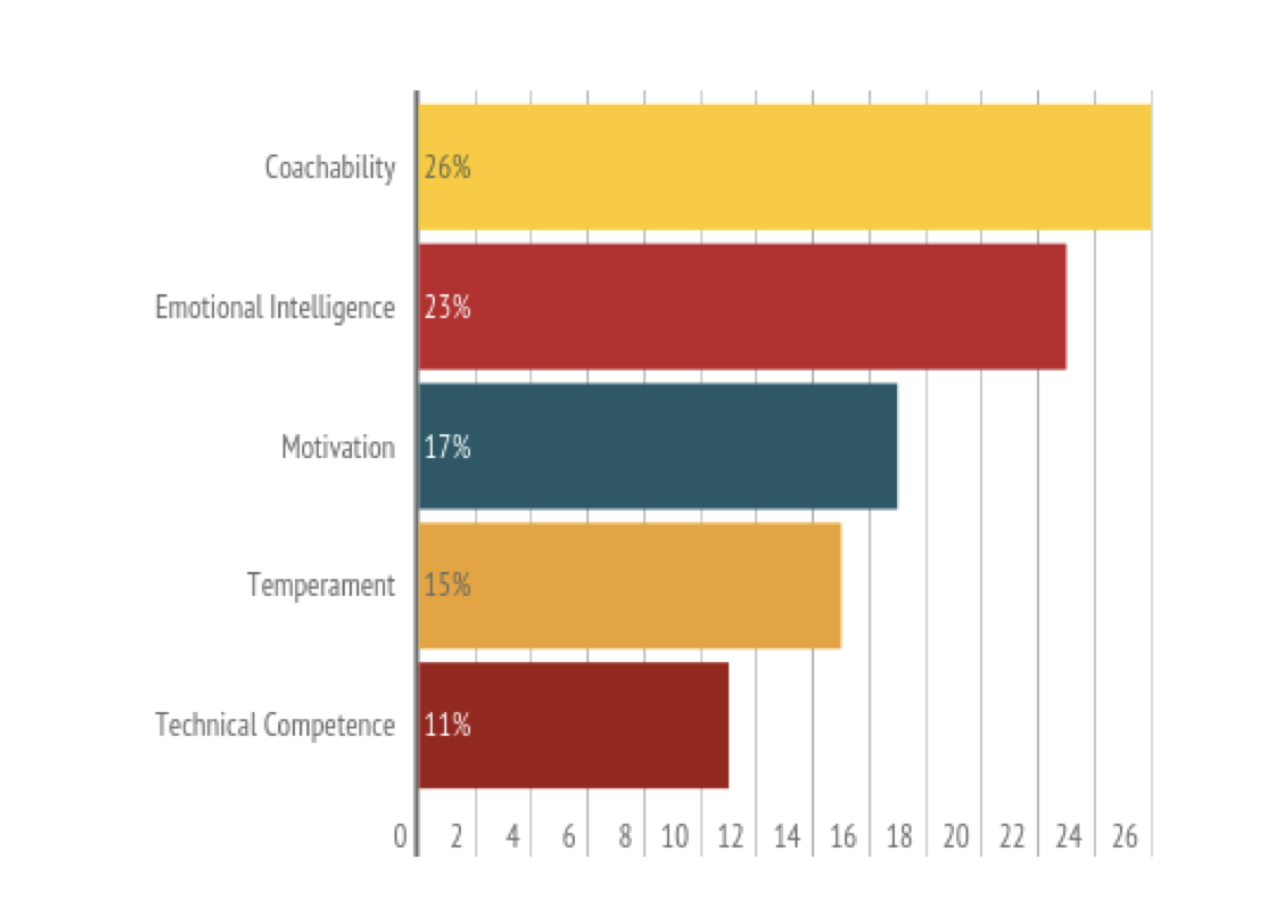Research by Mark Murphy, CEO of Leadership IQ, found that 46% of hires fail in the first 18 months. Why? 89% of the time it was for attitudinal reasons and only 11% of the time for technical incompetence.

Thus the ability to mitigate the high rate of fail by identifying those individuals most likely to succeed and be considered a quality hire is paramount.
In seeking to understand what are the latest measures used to define “quality of hire”, Frontier Signal conducted conversations with customers, prospects and thought leaders.
Our insights are summarized below.
- Collect the data. Identify the metric and touch points and put processes in place that collect data in the pre-hire and post-hire stages of the employee lifecycle. Think of all the digital fingerprints a job applicant can leave. Did they sign up to receive career site updates on a specific job? Do they follow you on LinkedIn? Recent studies on this topic suggest that only 30% of companies collect data to evaluate if they are hiring the right people.
- Provide a realistic job preview in your job description or posting. Describe the essential job tasks and tools used. Direct applicants to your career site and offer employee testimonials. Be honest about aspects of your culture like work/life balance. Essentially you want people to screen themselves out so you don’t find out they are not a good fit after you hire them.
- Use a pre-hire assessment to evaluate soft skills and cultural fit. Use success data (interview scores, situational assessment or scores, etc) from your model performers to benchmark applicants. Conventional measures do not predict job success (pedigree school or employer, GPA, advanced degrees, etc.).
- Tenure is the most important measure of the quality of hire. Understand your payback period. Consider the time and money used to source, onboard and train a new hire and the time to competency. It varies by industry and job role and company. A call center representative will typically have a shorter time to competency than a software engineer or sales representative. Typically 3 to 6 months is used as a measurement time frame. One fast-paced online real estate company has developed a proven sales methodology to be successful. They know within 1 month and base their quality of hire metrics on a 1-month turnover rate.
- Time to hire and cost per hire are not measures of quality of hire.
- Conventional measures that are still used include surveying the employee’s hiring manager within 3 to 6 months and asking them to rate whether new hires fall below, meet or exceed expectations, conducting a 360 with the employee and gathering feedback and suggesting interventions if needed.
- Consider unconventional data to measure the quality of hire. For frontline workers, consider using payroll data at 1, 3, 6 or 12 months out to trend the number of hours worked. More engaged employees will ask for and work more hours. A college admission director we interviewed defines the quality of hire based on the number of college visits scheduled and on-site shows.
- A longer-term measure of the quality of hire is linked to a continuous learning and self-improvement mindset. Measurement can include the number of promotions or lateral career moves, using tuition reimbursement or other learning stipends to pursue a degree or certificate,

.png)




Thoughts? Questions? Comments?